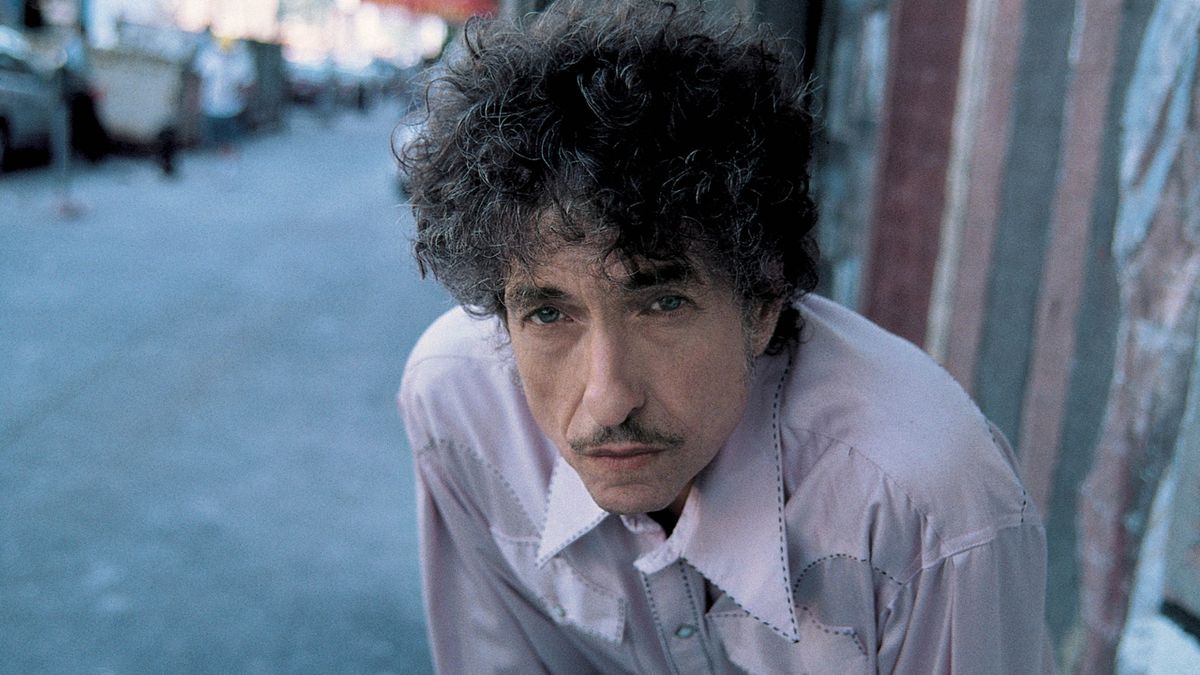
A Timeless Anthem of Change and Reflection
When Bob Dylan released “Blowin’ in the Wind” in 1963, it was more than just a song; it became an anthem for change, encapsulating the spirit of the 1960s. Featured on his album “The Freewheelin’ Bob Dylan,” the track reached number two on the Billboard Hot 100, striking a chord with listeners across generations. This song remains a cornerstone of folk music, revered not only for its poignant lyrics but also for its enduring relevance in times of social upheaval.
“Blowin’ in the Wind” is a masterpiece that challenges listeners to reflect on fundamental human rights and freedoms. Its simplicity in melody contrasts with the depth of its message, posing rhetorical questions about peace, freedom, and justice. Each verse provokes contemplation, urging us to seek answers that seem as elusive as the wind itself. Through its powerful imagery and earnest questioning, Dylan captures the essence of an era marked by civil rights struggles and anti-war protests.
The story behind this iconic piece is as compelling as its lyrics. Written in April 1962 and recorded later that year, Dylan’s inspiration came from a combination of personal experiences and the social climate of the time. Influenced by spirituals and traditional folk tunes, he crafted a song that resonated with those longing for change. The line “The answer is blowin’ in the wind” suggests both frustration and hope—acknowledging that solutions to societal issues are within reach yet remain ungraspable.
For many older listeners today, “Blowin’ in the Wind” evokes memories of a tumultuous yet hopeful period in history. It’s a reminder of the collective yearning for equality and peace during the civil rights movement and Vietnam War protests. The song’s ability to evoke such strong emotions is a testament to Dylan’s genius as a songwriter—his words echoing through time like an old friend whose wisdom never fades.
Bob Dylan himself became an emblematic figure of his generation—his gravelly voice and poetic prowess defining what it meant to be an artist unafraid to speak truth to power. As listeners revisit “Blowin’ in the Wind,” they are transported back to moments of introspection where music served as both solace and catalyst for action.
In many ways, this song is timeless because it addresses universal themes that transcend specific historical contexts. Whether it’s played on vinyl records or streamed digitally today, its questions remain pertinent: How long must we endure injustice before seeing change? What will it take for humanity to truly embrace peace?
For those who lived through the era when Dylan’s voice first posed these questions, there is undoubtedly nostalgia intertwined with their listening experience—a bittersweet recognition of battles fought and victories won or lost. Yet even younger audiences can find relevance in its message; after all, every generation grapples with its own set of challenges that demand introspection and action.
As we listen once more to “Blowin’ in the Wind,” let us remember not only its place in history but also its ongoing call for empathy and understanding among people everywhere. This song remains more than just notes strung together—it is an enduring reminder that while answers may be carried away by winds unseen, our pursuit of truth continues undeterred.
In conclusion, Bob Dylan’s “Blowin’ in the Wind” stands as both historical document and living testament—a bridge between past struggles for justice and present aspirations toward harmony among all people. Its legacy endures because it speaks directly to our shared humanity; inviting each listener into deep reflection about what has been done—and what still must be achieved—for true equality and peace across generations yet unborn.